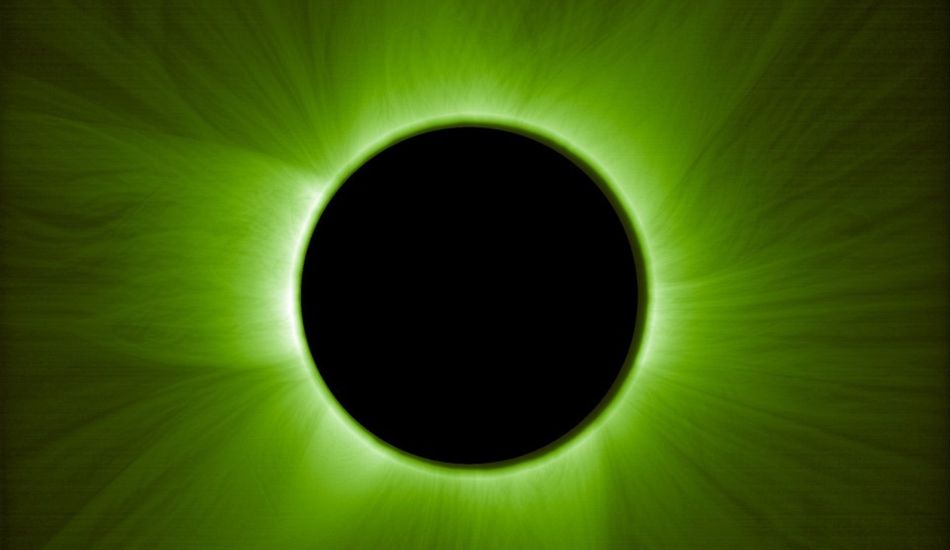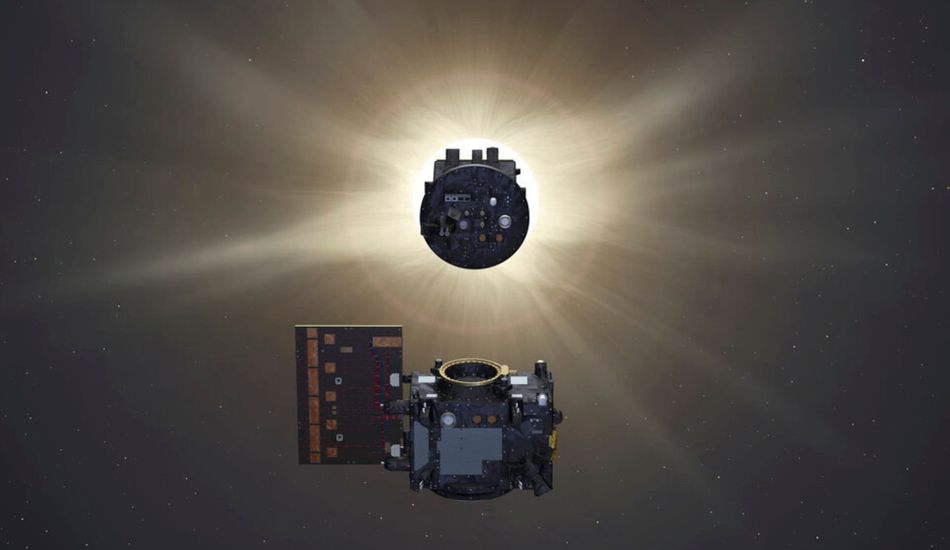
ESA's Proba-3 Mission Achieves First Artificial Solar Eclipse, Advancing Solar Study
Total solar eclipses, those breathtaking celestial events where the Sun's corona dramatically reveals itself, have always been a rare treat for both skywatchers and scientists. Occurring roughly every 18 months and visible only along a narrow path, they offer a fleeting glimpse into the Sun's dynamic outer atmosphere. However, the European Space Agency (ESA) has just changed the game. With its Proba-3 mission, ESA has successfully created the world's first artificial total solar eclipse, opening up unprecedented opportunities to study our star.
Imagine the precision involved: two satellites, the Occulter and the Coronagraph, autonomously aligning themselves in space to precisely block out the Sun's bright surface. This allows the Coronagraph to capture detailed images of the elusive corona. According to ESA, this achievement not only expands access to crucial solar data but also showcases a new level of sophistication in satellite formation flying.
A Technological Leap
Launched on December 5, 2024, the Proba-3 mission reached a critical milestone in May. The two satellites managed something truly remarkable: autonomous alignment in space with millimeter-level precision. They maintained their relative position for hours without any intervention from ground control. Think of it like threading a needle, but with spacecraft hurtling through space!
To orchestrate this artificial eclipse, the satellites needed to be about 500 feet apart. The Occulter's 4.6-foot disc then casts a small, 3-inch shadow onto the Coronagraph's instrument, effectively mimicking a total solar eclipse. What’s impressive is that this "artificial eclipse" can be created once every 19.6-hour orbit, vastly surpassing the rarity of natural eclipses.
As Andrei Zhukov, Principal Investigator for ASPIICS at the Royal Observatory of Belgium, pointed out, the images obtained are comparable to those captured during natural eclipses. However, Proba-3 can sustain its artificial eclipse for up to six hours, a stark contrast to the mere minutes offered by nature.
Why Study the Corona?
The Sun's corona is more than just a pretty sight. It plays a critical role in driving solar wind and coronal mass ejections, phenomena that can significantly impact our technology and infrastructure on Earth. By observing these forces, scientists can improve our understanding of solar weather and better prepare for potentially devastating solar storms. For instance, a recent solar storm emergency drill in the U.S. highlighted major gaps in our forecasting capabilities, underscoring the importance of missions like Proba-3.
Furthermore, the corona presents a significant scientific puzzle. Its temperature is inexplicably about 200 times hotter than the Sun's surface, a mystery known as the coronal heating problem. Proba-3 aims to tackle this enigma by studying the corona close to the Sun's surface with an advanced instrument that minimizes stray light, capturing unprecedented detail.
Beyond its scientific contributions, Proba-3 showcases the potential for autonomous precision formation flying. This capability will be essential for future multi-spacecraft missions, such as ESA's Laser Interferometer Space Antenna (LISA), which will require incredibly precise coordination between multiple satellites.
Over the next two years, Proba-3 will continue to observe the Sun's corona, providing a wealth of data that was once only obtainable during rare celestial events. This mission promises to deepen our understanding of the Sun, the very force that sustains life on Earth.
1 Image of Proba-3 eclipse:


Source: Gizmodo